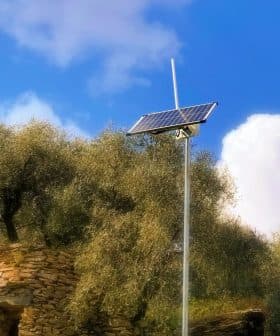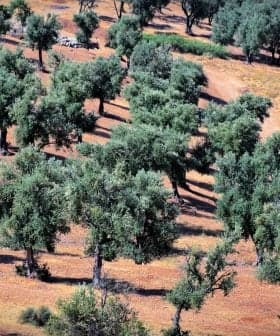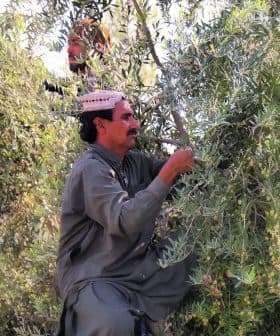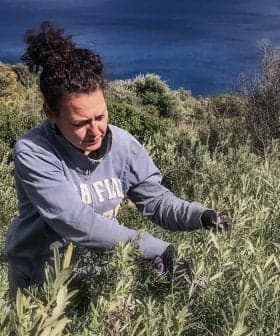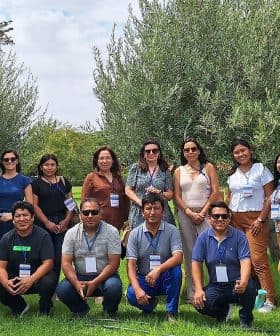Farmers in Italy Optimistic as Harvest Season Nears
Following a crippling harvest two years ago, and a strong one last year, Italian farmers remain diligent and optimistic as the 2016 harvest approaches.
Italian olive tree producers are using lessons from a previous bad harvest and a recent excellent one to improve production, focusing on monitoring for pathogens, climate conditions, and organic treatments. Producers in Sicily, Molise, Umbria, and Liguria are optimistic about the next harvest despite some challenges like olive fruit fly attacks and weather conditions, with some experiencing increased production and quality improvements. The olive groves in these regions are implementing strategies to protect against potential threats and ensure a successful upcoming harvest.
The last excellent harvest and the previous bad one deserve credit for having equipped Italian manufacturers with the weapons to safeguard their olive trees and to make production improvements.
They are putting in place tight monitoring against the occurrence of pathogens, paying closer attention to climatic conditions and carrying out increasingly frequent employments of organic treatments that are proving to be effective.
We met some producers from different regions south to north, and we found that, while a few areas had problems due to hail and some olive groves had to face slight assaults of the olive fruit fly, the next harvest is likely to follow a positive trend.
Sicily
Secular trees of Santagatese flank more recently planted varieties like Verdello, Nocellara Messinese, Nocellara del Belice, Biancolilla and Giarraffa which compose the olive grove of Villa Colonna.
Run by Adele Giaconia and her husband and technical manager Salvatore Mocciaro, the farm is located near the sea at the door of the Nebrodi natural park, in Reitano, in the province of Messina.
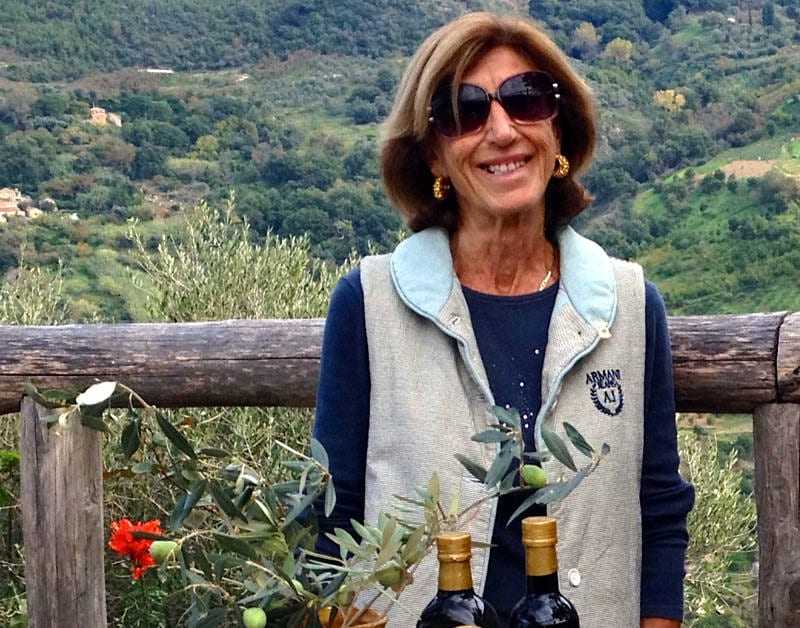
Adele Giaconia at Villa Colonna
“The last harvest was excellent both in terms of quality and quantity and our monovariatal Santagatese obtained several awards,” Mocciaro told Olive Oil Times. During winter, due to the mild temperatures, the plants did not enter into vegetative rest and now the amount of fruit is lower than in the same period last year.
Some olives have been attacked by the fly. “We applied a first treatment of kaolin in mid-July and, if needed, we will carry out another one before the harvest,” Mocciaro explained. “That will be done quite early, in late September, and from this point of view we will limit the damage of any additional fly attack. We point to a very high standard and I hope that, despite the smaller volume, we will be able to bring perfect fruits to the mill.”
Molise
Tenute Fierro is heroically positioned over the natural limit of olive growing and, with its 800 m (2,625 ft) elevation, is one of the highest olive groves of the region.
In the green heart of Molise, in Fossalto, in the province of Campobasso, Pasqualino Fierro produces a blend of five predominant varieties including the native Paesana Bianca, which has a low yield but gives a rich, herbaceous and intensely bitter extra virgin olive oil, in conjunction with Frantoio, Itrana, Coratina and Pendolino.
The planting pattern of 6 x 5 meters was devised by Fierro in order to limit the problems due to the sudden and heavy snowfalls that sometimes occur during winter. Our farmer explained that this year’s production has increased compared to last year.
“The olive grove was planted in 1994 and is gradually enlarging its production, with a trend that should go on for the next 7 – 8 years.” In addition to the natural attitude of the young plantation, the high position gives a special protection from fly attacks thanks to the temperature. Fierro conducts his olive grove under organic management and uses only green manure five times a year as fertilizer.
“Some producers in the area experienced hailstorms in May and June which affected production. Fortunately, here the weather was perfect with good temperature, normal humidity and rain every 10 – 15 days as if it was a normal irrigation,” he explained. “I am optimistic for next harvest”
Umbria
The farm Frantoio del Colle consists of a family-run olive grove and a three-phase mill located between Panicale and Piegaro, in the province of Perugia. Frantoio, Moraiolo, Leccino and Dolce Agogia, the typical variety of Lake Trasimeno, give life to a harmonic blend with notes of cardoon, bitter herbs and almond.
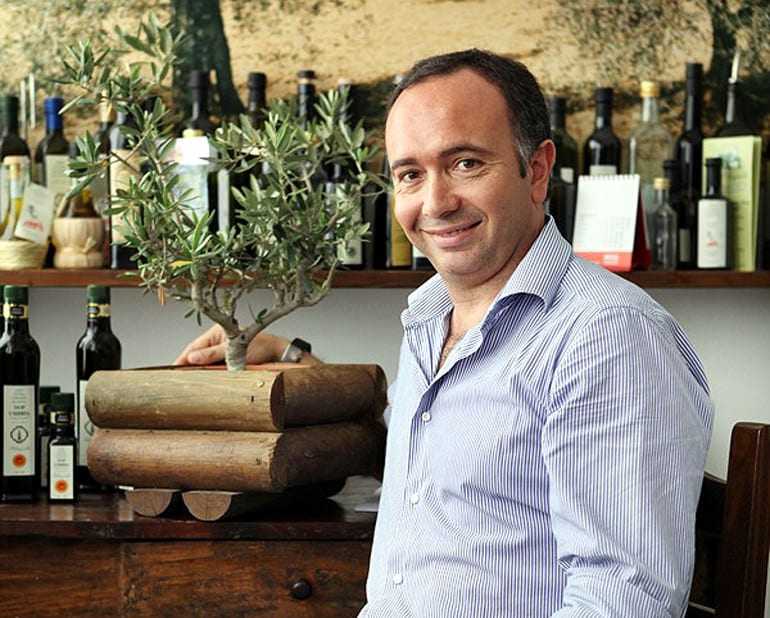
Renzo Pelagrilli
“The period between October and December is very intense for me,” pointed out Elisa Galli, 28, who deals not only with the work in the field but also with the management of the mill. “Last harvest was very good as we started to focus on close monitoring of the olive trees, both during the period of development of fruits and then during harvest and at the mill. Now the fruits are abundant and in very good conditions, in line with the normal growth of the period.” She is apprehensive when it rains for fear of hailstorms, but so far the climate has been kind with no need for treatments.
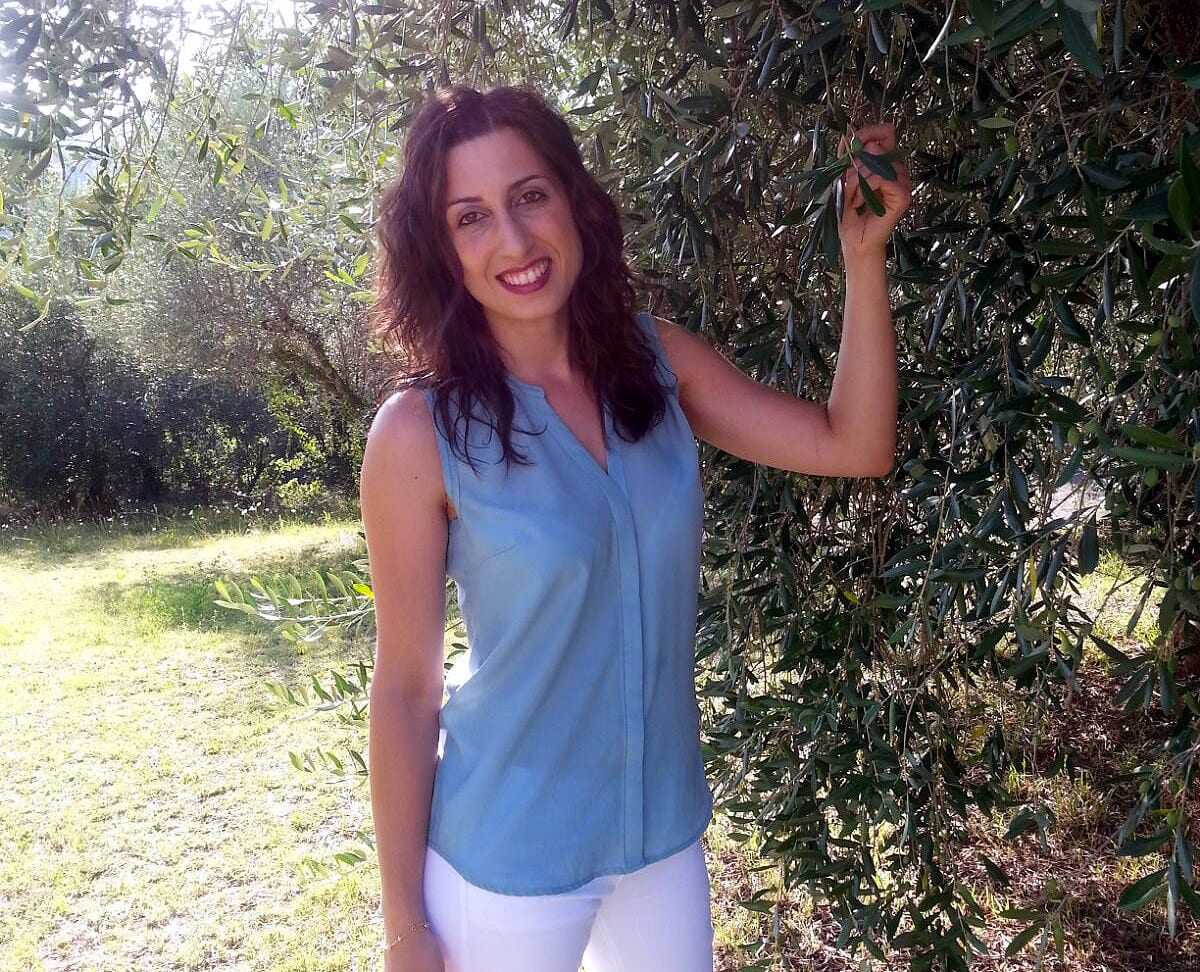
Elisa Galli at Frantoio del Colle
“After the last excellent production we are monitoring the presence of the fly, since the high temperatures suddenly lowered by recent storms have increased humidity,” said Renzo Pelagrilli, who produces the Olio Pelagrilli extra virgin olive oil from an olive grove in the medieval village of Monteleone d’Orvieto, in the province of Terni.
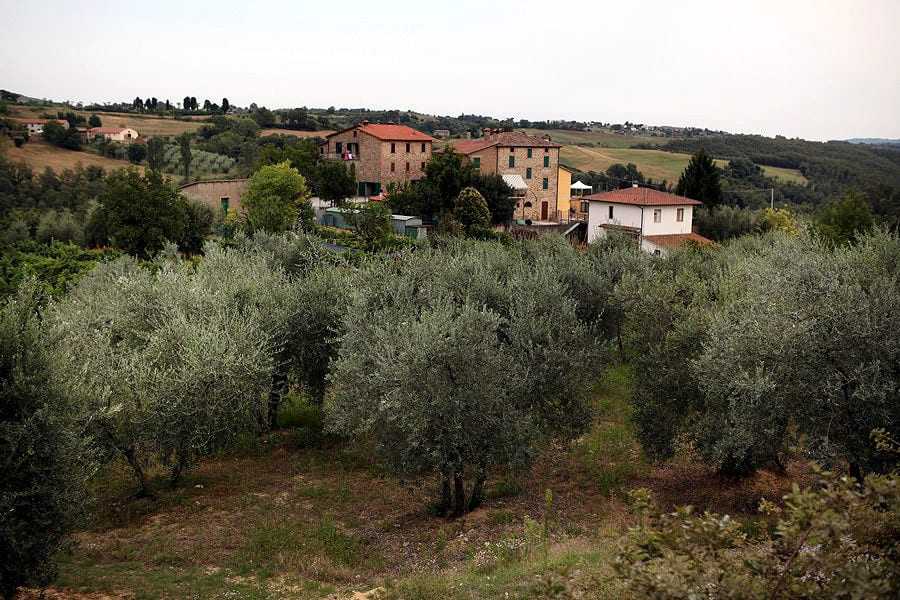
Azienda Agricola Renzo Pelagrilli
His plants of Leccino, Frantoio and Moraiolo, now under conversion to organic farming, register currently an amount of fruits higher than last year. He coped with a light fly attack that turned out to be irrelevant. His Moraiolo, that last year encountered difficulties during the fruit set, is surprisingly blooming. “At this rate, he will have a good production.”
Liguria
“The last harvest was excellent from all points of view,” said Roberto De Andreis, who helps his daughters Lavinia and Lia in the management of the farm Ca’ Rossa, which takes its name from the particular cherry red color of the ground.
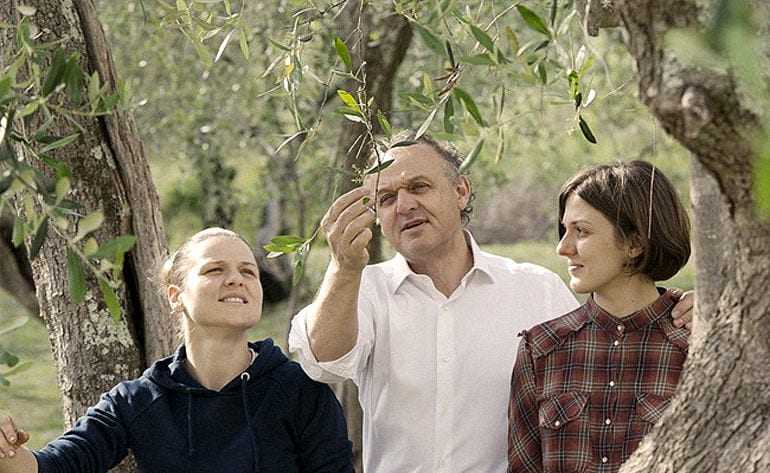
Lavinia,Roberto and Lia De Andreis
In Liguria, they produce an excellent extra virgin olive oil from 32 acres of Taggiasca between Imperia and Chiusanico. Lavinia takes care of the olive grove that gives a harmonic monovarietal with sweet taste and notes of almond.
“This year the bloom was good but the climatic conditions in recent months have meant that the expected quantity could be lower than last year,” De Andreis considered. Regarding quality, everything depends on conditions like rain and humidity that could facilitate the fly onset. “During the remaining months of August and September, we will be on the alert to guarantee another great production.”


